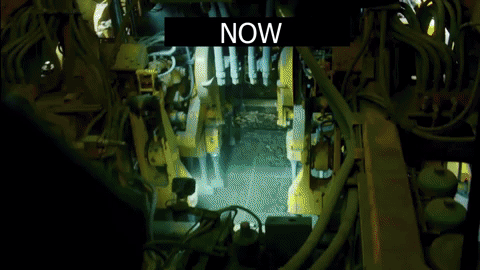 A body of the European Union
A body of the European Union
 A body of the European Union
A body of the European Union
Knowing what might happen in the future is no longer utopia. Technological development supported by Shift2Rail allows us to be able to predict the behavior of railway assets. This helps us not only to reduce costs but also to increase reliability and reduce the time spent on repair and maintenance.

The challenge
Today, railway infrastructure is not sufficiently equipped with technology that allows us to gather data about our assets. This means that we are also not able to analyse and learn more about the behavior of different rail objects by using various sources and combining this data. Therefore, railway asset maintenance is done with regular frequency not taking into account the actual state of the asset. Doing maintenance according to a time schedule means that usually it is done either too early or too late leading to high costs from one end to potentially dangerous situations in another. Even though many organisations in the rail sector are working on individual aspects of predictive maintenance there is no single holistic approach that would allow exchanging technologies across the rail sector.
The solution
Shift2Rail is working on all steps of predictive maintenance starting from gathering the data about rail assets to providing tools for enhanced inspections. We bring together leading companies in the rail sector in order to approach predictive maintenance from a holistic viewpoint to enable the collection of best practices.
First we need to get more information about our rail assets. Shift2Rail is developing technology that allows us to gather data from bridges, tunnels, rolling stock, tracks and other rail assets. The trains that are already in-service and operating on tracks can be equipped with monitoring systems that help to discover surface errors on rails. An example of this approach is the lean tamping technique, developed by members and partners of Shift2Rail, that allows to measure tracks using operational trains at high speed and with great precision. The data gathered is used by tamping machines that correct the track shape. Lean tamping abolishes the need for pre-measurements that require people to work on railways, are costly, and time consuming, leading to line closures. Less people on the tracks also reduces safety concerns for track workers.
Shift2Rail is also working on autonomous data gathering systems. This will eventually enable the carrying out of railway network monitoring from unmanned vehicles such as satellites, drones or robots. Combining various sources (e.g. monitoring the performance, combining weather data, actual usage, visual images, inspections and measurements) will allow for more accurate behavior models and will also provide asset specific models.
In addition, we are working on measuring the impact of rolling stock on infrastructure by for example monitoring the rail thermal stress that is the main cause for railway impairment.
After gathering data from our rail assets we are able to study the results and better understand the behavior of different assets. We are able to develop digital imaging and study the dynamics of bridges, tunnels and other infrastructure objects that allow us to come up with the best practices for maintenance.
Main benefits of predictive maintenance